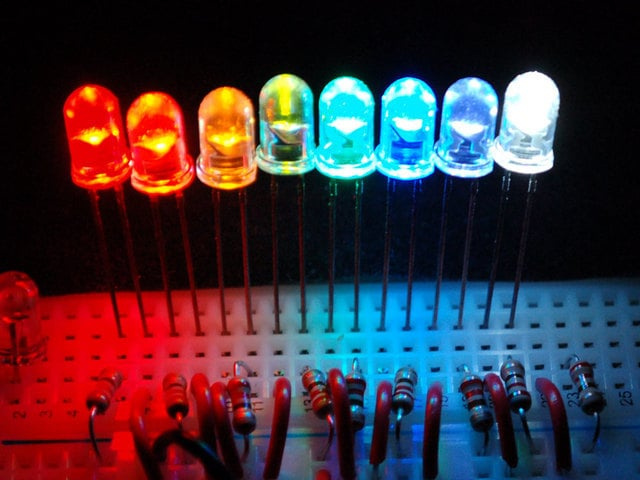In the modern age, the evolution of lighting technology is dramatically reshaping our cities and the landscape of urban architecture. Among the various lighting technologies available, Light Emitting Diodes (LEDs) have come to the fore, transforming the way in which our urban spaces are illuminated.
The Rise of LED Lighting
LED lighting has not always been the prominent choice for urban architecture. For many years, neon lighting was the go-to option, offering a bright, vibrant, and attractive way to light up our cities. However, as technology has advanced, so too has our understanding of the capabilities and benefits of different lighting options. LED lighting has emerged as a superior, more efficient alternative to traditional neon lighting.
Advantages of LED Lighting in Urban Architecture
LED lights offer a multitude of advantages over neon lighting. First and foremost, they are significantly more energy-efficient. By some estimates, LEDs consume up to 75% less energy than their neon counterparts. This reduced energy consumption not only brings down operational costs, but also makes LEDs a more sustainable and environmentally-friendly lighting option.
In addition, LED lights have a longer lifespan compared to traditional neon lights. Some models of LEDs are known to last up to 50,000 hours. This longevity reduces the need for frequent replacements, thereby cutting down maintenance costs and waste.
Another significant advantage of LED lights is their versatility. They provide a wider range of colors than neon lights and can be programmed to change color, flash, or dim. This programmability allows for greater creativity and flexibility in architectural design, enabling architects to create more dynamic and visually appealing environments.
Characteristics of LED Lighting
LEDs come with several defining characteristics that set them apart from other lighting options. They are small in size, but durable, and require minimal maintenance. They emit light in a specific direction, which reduces the need for reflectors and diffusers that can trap light. This makes them highly efficient for various uses, such as task lighting and recessed downlights.
LEDs are also capable of producing an incredibly wide range of colors, from warm whites to a spectrum of colors across the rainbow. This versatility in color production makes LEDs particularly useful in architectural lighting, where they can be used to create dramatic effects, set moods, and highlight certain architectural features.
Trends in LED Lighting
There are several emerging trends in LED lighting that are worth noting. One such trend is the use of smart and connected lighting systems. These systems allow for remote control of lighting, enabling users to adjust the color and intensity of the light from anywhere. This adds a level of convenience and customization that was previously unattainable.
Another significant trend is the integration of LEDs into the fabric of buildings. Rather than being an add-on, LEDs are increasingly being integrated into the building material itself. This creates a seamless blend of architecture and lighting, leading to more cohesive and visually striking designs.
Conclusion
In conclusion, LED lighting is dramatically changing the face of urban architecture. Its energy efficiency, long lifespan, versatility, and color capabilities make it a superior alternative to traditional neon lighting. As technology continues to evolve and advance, we can expect to see even more innovative uses of LED lighting in our cities. The future of urban architecture is bright, literally and figuratively, thanks to the advent of LED technology.
